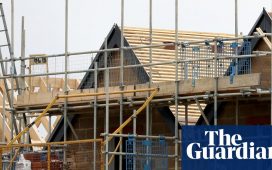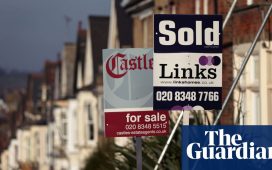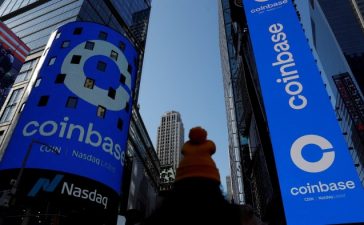Unlock the Editor’s Digest for free
Roula Khalaf, Editor of the FT, selects her favourite stories in this weekly newsletter.
The writer is a former investment banker and author of “Power Failure: The Rise and Fall of an American Icon”
The financial train wreck laying waste to parts of the market for big office buildings in some of America’s largest cities is showing no signs of abating, even as the US economy as a whole continues to be chugging along just fine. The questions remain as to why this is happening and whether the bottom has been reached.
The detritus is strewn everywhere. Take a look at some of the Los Angeles properties that have been in the portfolios of asset management behemoth Brookfield.
Brookfield companies have been reported to have previously defaulted on some $1bm of debt linked to three high profile properties. One 52-floor office tower on South Figueroa Street is reported to be being sold for just $120mn, or $170mn less than the debt that Brookfield owed on the building to a syndicate of banks, led by Wells Fargo. And the county of Los Angeles recently agreed to buy Gas Company Tower, a building that had been owned by a Brookfield affiliate before it walked away from the property, for $215mn, well down on its appraised value of $632mn in 2020. Another building owned by a Brookfield portfolio, the 41-floor EY Plaza with $300mn of debt linked to it, had been placed in receivership last year.
And it is not just a Brookfield problem. In San Francisco, talks are reported to be under way over a $26mn offer for the historic 400 Montgomery Street building, down two-thirds from a purchase price of $77mn five years ago.
It’s even worse in Oregon’s Portland, where Montgomery Park, the state’s most prominent office building, just sold for $33mn, down 87 per cent from the $255mn that was paid in 2019. And in Manhattan, a 23-storey office building at 135 West 50th Street made headlines recently when the building itself, not including the land it sits on, was sold in an online auction for $8.5mn, a small fraction of the $332mn it sold for 18 years earlier.
Part of the explanation for the immense deterioration of value in these office buildings is simple mathematics, with the combination of higher interest rates and lower occupancy rates leading to smaller rent rolls. Some older buildings can be dismal places to work with low ceilings and poor lighting. Absent extensive and expensive renovations and redesign, they just don’t cut it any more. By contrast, businesses are flocking to more modern buildings such as One Vanderbilt, a state of the art 73-storey tower near Grand Central, in Manhattan.
“Tenants would rather have a developer do that renovation,” explained Tom Flexner, a former vice-chair at Citigroup and the bank’s former global head of real estate investment banking and finance. “With something like One Vanderbilt, a lot of the stuff that the tenants would want in an old building was paid for by the developer.”
Part of the problem for owners of these buildings, and their lenders, is the fundamental change in the nature of work, post-pandemic. Between high-speed internet access, video calls and working-from-home privileges, people aren’t going to an office to work as often as before — although that partly depends on the city, with Miami and New York City having much higher levels of employees back in the office compared with San Francisco and Los Angeles. Less office space is now needed. “The vacancy rates are the highest I’ve ever seen,” Flexner said.
It does seem bleak, and there are genuine negative knock-on effects for restaurants, retail stores and other businesses that depend on the foot traffic and commerce generated by a bustling office complex.
But it’s also important to remember that creative destruction — as outlined by economist Joseph Schumpeter — is an essential part of capitalism. Once upon a time, the SoHo and Tribeca neighbourhoods in downtown Manhattan were wastelands of gutted industrial spaces. Today, those neighbourhoods are thriving. It can also go the other way, too.
As Flexner explains, once regional malls were “at the top of the food chain” with the highest “institutional appetite”. Those days are long over. Regional malls are disappearing fast. Once, Flexner said, there were 2,500 such malls across the US. Today, that number is about half, and on the way to some 400 malls. (There’s a website deadmalls.com dedicated to tracking the denouement.)
As for these struggling commercial office towers, Schumpeter’s logic is likely to prove true. Flexner said many of these buildings would be razed, taken down to the raw land, at great cost, and then would rise again as residential properties or new commercial properties designed to meet the demands of the evolving office culture. Until then, the bloodbath will continue and the pain will be considerable for both equity and debtholders.











